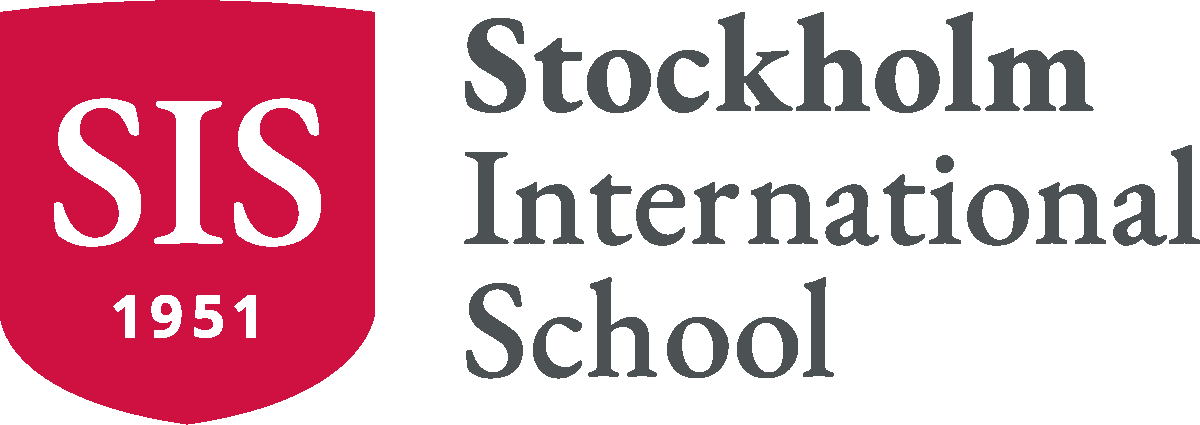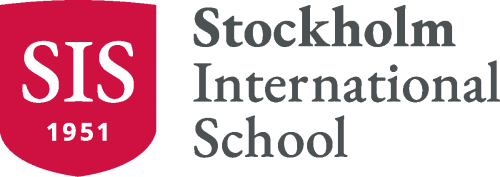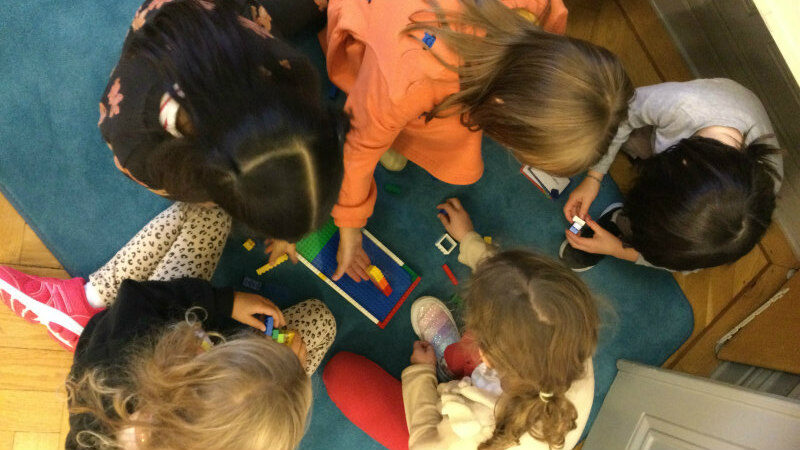A year in the Makerspace
“Why does the magnet attract some metals but not others?”
It’s one of the many questions occupying some of our youngest students during an absorbing session exploring materials and forces. Heads bent over challenge cards, they’re engrossed in their activity, breaking off to test anything made of metal, from the whiteboard to the radiator.
Over the last year, SIS students from early years through to grade 5 have had a chance to push, pull, build, saw, code and experiment in our new Makerspace. Two things made it happen: a dedicated staff team, and generous donations to the SIS Spirit Fund.
Team work
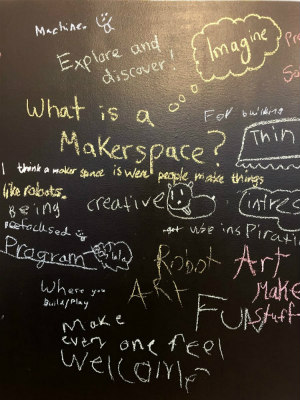
The SIS Makerspace is the brainchild of our Technology team. They wanted to help our primary school students use their hands and minds to solve challenges, create their own knowledge, look at real-world problems and reflect on their experiences in a continuous circle of learning.
The theory behind Makerspace is simple: enable learners to shift from consuming technology to creating it. As our Head of Technology Sandra Loureiro explains, young people around the world have retreated into their own digital spaces due to the pandemic, so encouraging them to engage more actively and creatively in tech couldn’t have come at a better time.
“We’re all seeing the effects of what I’d call ‘digital fatigue’. Makerspaces are a way to improve digital wellbeing for our students, where interaction with technology is positive and collaborative rather than isolating.”
Making a space
To create SIS’s Makerspace, first we had to ‘make a space’, literally!
“Space on campus can be an issue,” admits Sandra. “By incorporating Makerspace learning within our school library services, we’re reimagining and redefining the library’s potential.”
Once an area had been identified, the next step was sourcing equipment. An SIS Spirit Fund grant helped buy the essential resources – from basic Lego bricks, magnets and saws to robotic parts and Lego SPIKE programming tools – that enable primary students to take on digital and analogue challenges laid out on ‘task cards’ within the space.
Makerspace launched to SIS students, staff and parents at a tech event coinciding with Europe’s #CodeWeek in October 2020, and our younger students have been creating, coding, building and experimenting ever since.
Inclusive learning
Put 22 children in a Makerspace and you get 22 different answers.
Sandra Loureiro, Head of Technology
Sessions start with a question: why do some forces push and others pull? How can you make a paper plane fly faster? Or float in the air for longer? What makes a bridge strong? By investigating, testing and identifying the answers, then writing up and drawing their findings, we find that students cooperate better, and everyone is included.
Our Makerspace programme means the library now meets the diverse needs of a greater range of learners, and their teachers, especially those who work in a more visual or tactile way, or approach tasks from unexpected directions.
“The drive is to encourage students to think differently,” says Sandra. “There’s never just one way to solve a problem. Put 22 children in a Makerspace and you get 22 different answers.”
Making things happen
Donations from our community helped us invest in Makerspace resources for our primary school students last year, and we’re already seeing the impact of a more hands-on approach to their education. It has been such a success that it was clear we needed to extend Makerspace learning to our Middle and Upper Schools.
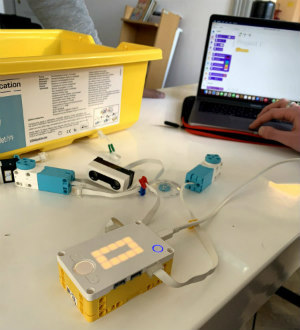
With technology advancing so rapidly, we must prepare all our students for a world of work that will be very different to the generation before them. Women still make up less than a quarter of the tech workforce in Europe; to start to redress that imbalance, we’re excited to be partnering with Swedish tech organisation Imagilabs to make skills like coding more gender-inclusive.
Thanks to another SIS Spirit Fund grant in 2021, we now have the specialist equipment we need to roll out STEAM and STEM-based learning to our Middle and Upper School students, using robotics, virtual reality and augmented reality.
Embedding Makerspace learning throughout the school is a vital step towards developing our new Learning Commons. This ambitious project will transform how we learn, create and collaborate across our campuses, and it can only be realised by continued support from our community. We’re excited to see what happens next and we hope you’ll join us on our journey.
Find out more about the SIS Spirit Fund and how you can get involved
